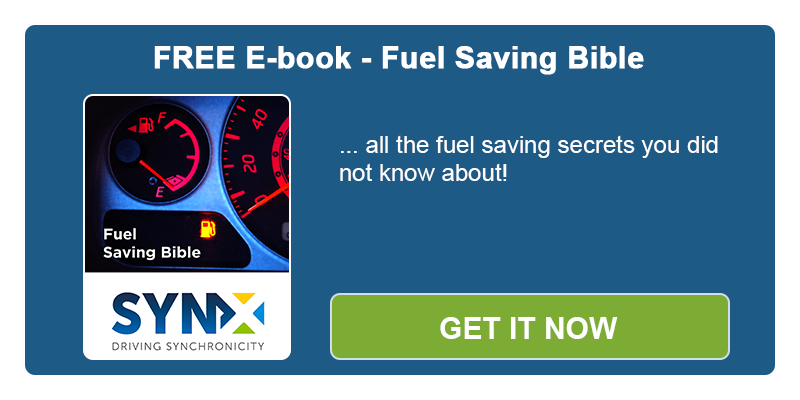Ireland's Health and Safety Authority (HSA) amd the International Road Transport Union (IRU) have just published International Guidelines on Safely Securing Loads for Road Transport to promote safe practices for the transport of goods by road.

The primary aim of the guidelines is to reduce injury at work because of load shift and load shed during loading operations. They will also help to increase efficiency by making the movement of goods faster and safer.
It goes without saying that, all loads must be driven in a way to prevent any person or property from coming to harm.
Falling loads may injure people or overturn both the carrying vehicle and other road users. Securing the load is a key skill in haulage.
The guidelines document is a must-read for managers and drivers. It draws on the research and expertise of the International Road Transport Union (IRU) in Switzerland and is aimed at standardising load transport procedures.
The guidelines are aimed at an audience of hauliers, carriers, enforcement agencies and, ultimately, the judiciary. In short – it's The Bible on load securing.
Appropriate Equipment
Operators are responsible for ensuring that vehicles are equipped with the appropriate securing equipment for the normal load carried. If multiple load-types are carried, a wide range of securing equipment should be provided.
The document measures and specifies the lashings, steel wires, hook points, tarpaulins and curtains to a standard that should be sufficient for all normal conditions.
Proper procedures are outlined for handling dangerous goods and the guidelines even suggest the correct use of safety labels.
Standard Procedures
Packing can be used to protect the goods but also to rigidify the load and prvent it shifting during transport.
The guidelines show how to determine if your packaging is strong enough with a few simple tests.
The guidelines go in to great detail about how to cope with centre of gravity calculations, payloads, friction, bodywork and the location of lashing points.
Don't forget also, when shipping long distance, the climate the vehicle is in can change, for example, changes in humidity, so you may need to account for that.
Load Sections
Loads can be divided into sections for securing. Remove void spaces by packing and blocking and even using special air cushions.
Know the mass of your load, any special requirements and the forces involved.
The guidelines cover everything from container shipping to logs. The document comes with a quick-start guide.
Battens, wedges, lashing, top-over lashing, chains assemblies, turnbuckles, nets, covers, ropes, rails, locking, friction, combinations – it's good to know what you need to tie the cargo down safely as per the guidelines.
You should also know how to inspect the load after the tie down is complete.
Know what is expected
Any haulier who has been around for any length of time will know how to secure the load he or she is transporting.
The point is, now with the guidelines, you will know what is expected.
There are tips on how to incorporate the guidelines into training and a checklist is provided.
It's an excellent publication with clear diagrams, use cases and data tables.



